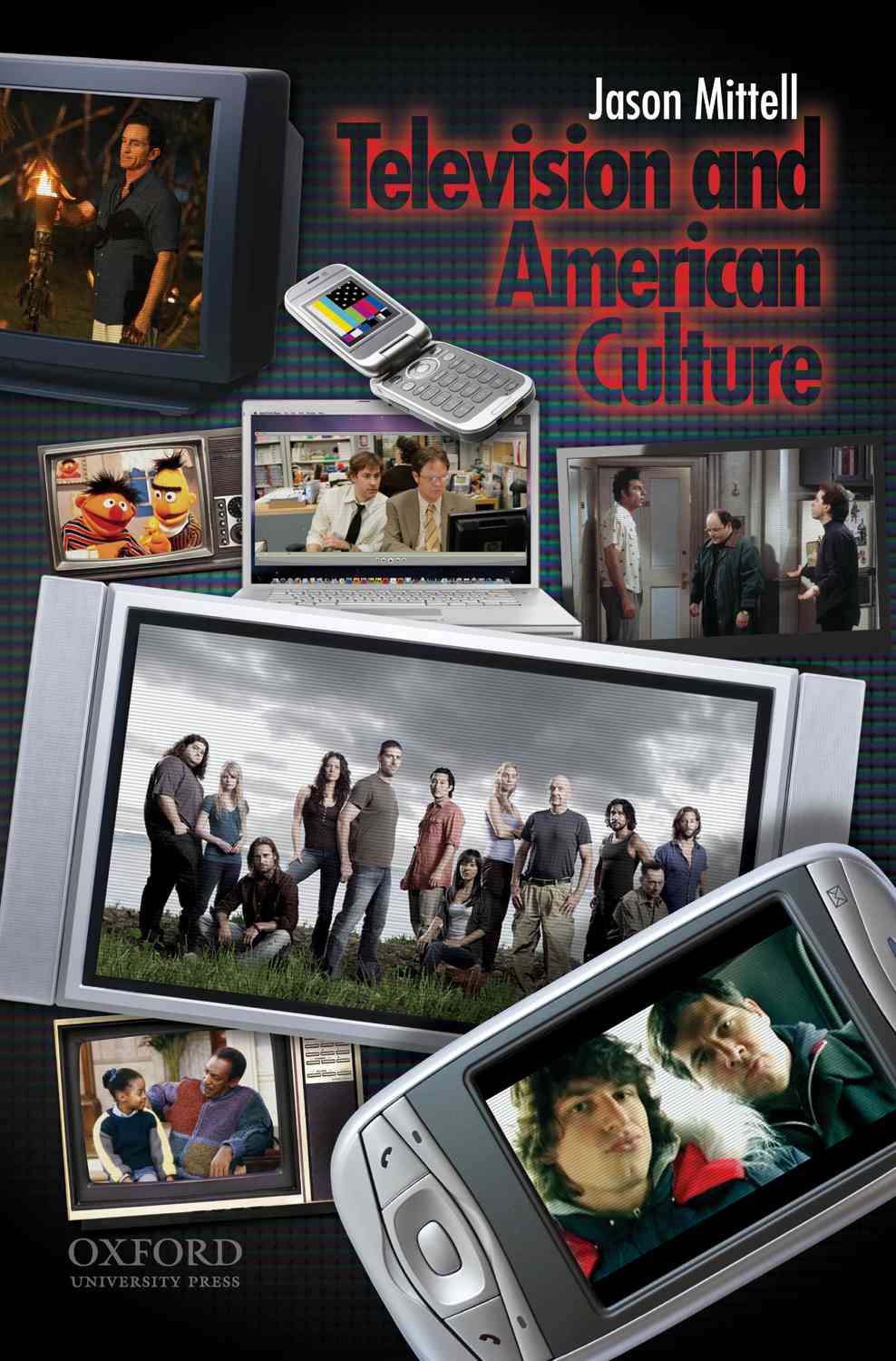New video essays from my students (and me)
In April, five of my students formed a panel at Middlebury’s Spring Student Symposium out of my Fall course Videographic Film & Media Studies, where they presented video essays that were created in the course. Alas, I was away at a conference during the symposium, so I could not see the panel, but reports were that the videos were all well-received (and I’ve heard from other students asking when I’ll be teaching the course again!). One great thing about videos is that they can be shared beyond live presentation, so I’ve curated them below, along with my most recent video essay (which I’ve neglected to post to this long-dormant blog).
The videos were presented in alphabetical order by student name. First up was Will DiGravio and his video “How to Shoot a Film in One Room.” This video has an unusual history for a class assignment – Will posted it to Vimeo at the same time he submitted it as his final project in class. By the time I got to grading it, Film School Rejects had already blogged about it, meaning it had already gotten hundreds of views. This led Will to get offered an internship with FSR, where he has been writing for the past few months. Regardless of its impact on Will’s career, the video does one of the best things a video essay can do: convey ideas efficiently and convincingly with visuals where words alone would fall far short.
Alyne Figueiredo Goncalves also published her video, “Gendered resistance and composition in the film Timbuktu,” albeit via the much slower process of academic publishing. Alyne submitted her video to Film Matters, the journal of undergraduate film criticism, back in the fall, and it just came out in May after a round of peer review and revisions. Her project emerged out of the Videographic Response Assignment, where students had to create a video that responded to an already published video essay; Alyne was responding to Channel Criswell’s “Composition in Storytelling,” building on his ideas but applying his Western focus to African cinema examples. The resulting video essay offers a compelling account of the politics of composition in Timbuktu, leveraging the film’s visual beauty for a rich videographic experience.
Continuing with the theme of student videos breaking out of their classroom origin, Emma Hampsten’s “Women, Intimacy, and Sexual Violence in Hitchcock Films” has also been widely seen after she posted the final version in March. Emma combined her two majors of Film & Media Culture and Gender, Sexuality & Feminist Studies via the course on Hitchcock she was taking alongside my videographic class. The resulting combination is a masterful instance of the power of juxtaposition and patterns to convey critical analysis, even though the video contains none of Emma’s own words. The video has been widely shared over the past two months, and even featured in a class at Smith College, highlighting the power and possibilities of students posting their work publicly.
The final two students have not published their videos beyond YouTube, and they have only gone live recently so they haven’t reached a broad audience (yet). Jack Ralph conveyed his expertise as a History major into a consideration of the modern Western in “How Modernity Affects the Western’s Morality in No Country for Old Men,” with a videographic comparison to The Good, The Bad, and The Ugly. Jack had done his videographic exercises for the class on No Country, so he knew the film well as a videographic source, which shows up well here as he mines the two films for visual and thematic resonances.
The final video shown at the symposium was Ian Scura’s “The Ultimate Antagonist – A Video Essay about Pixar Movies.” Like Alyne, Ian’s video came out of the response assignment, but Ian chose to both extend the content and emulate the style of the video he responds to, a piece by Lessons from the Screenplay about antagonists focused on The Dark Knight. Ian does a great job laying out his ideas about how Pixar films treat antagonists differently than classic villains, packing a tremendous amount of material into six short minutes.
These five videos were by no means the only strong projects emerging out of my fall course – they were just the five who were able to present at the symposium! I’ve collected much of the work that students did in the course, especially their videographic exercises, on a Vimeo channel, and will add other finalized projects to this post if my students send them my way.
Speaking of sharing video essays, I published a piece called “How Black Lives Matter in The Wire” in January, exploring how the landmark HBO series represents and omits images of police violence against black citizens. Since this is my first blog post in a long while, I will finally share it here:
Filed under: Middlebury, Teaching, Videographic Criticism | Leave a Comment
Tags: The Wire, videographic criticism









No Responses Yet to “New video essays from my students (and me)”